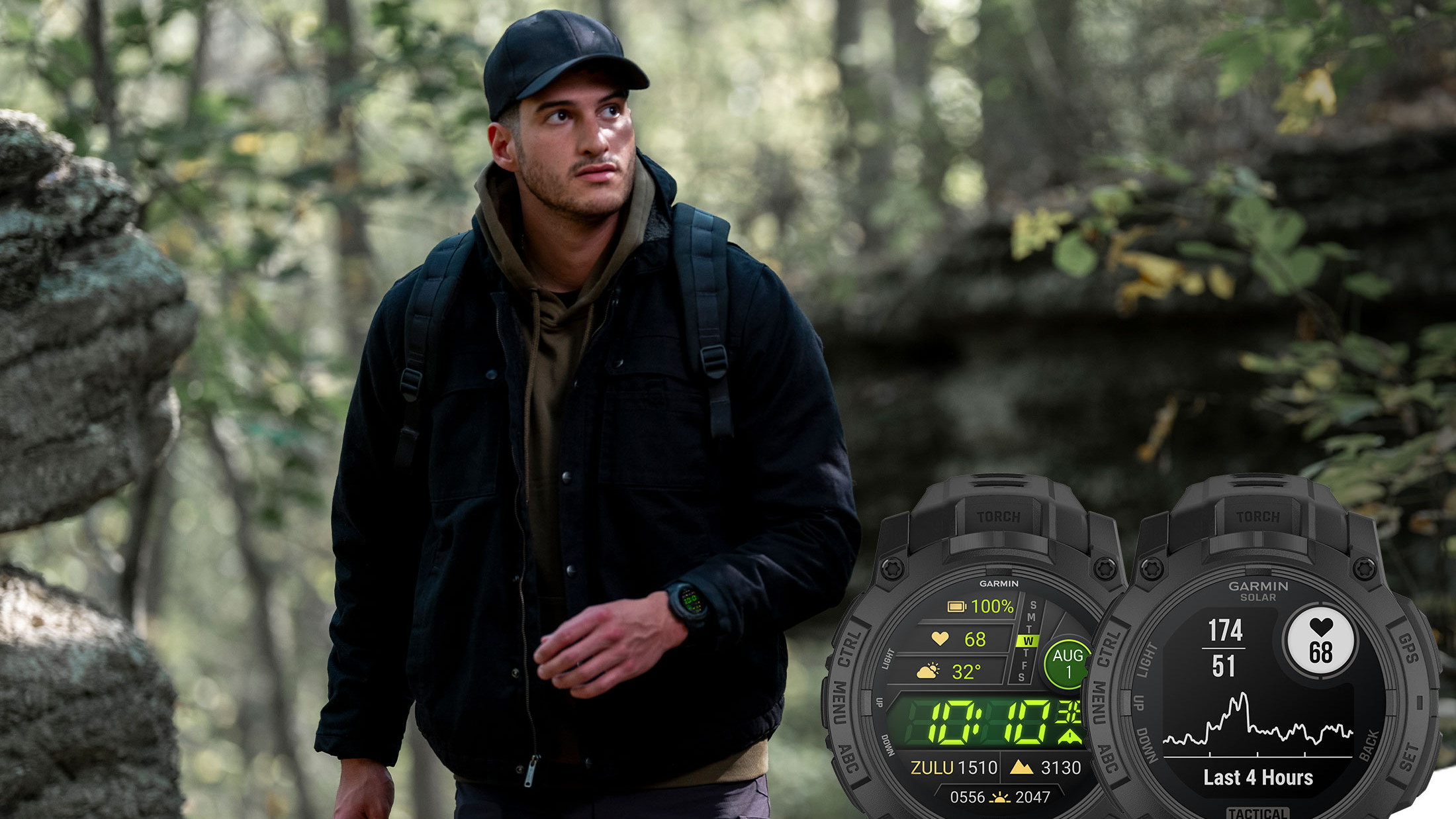The best men’s winter boots: stay warm and dry on and off the trails
We put the best men's winter boots through their paces to see how they stood up to the harshest conditions
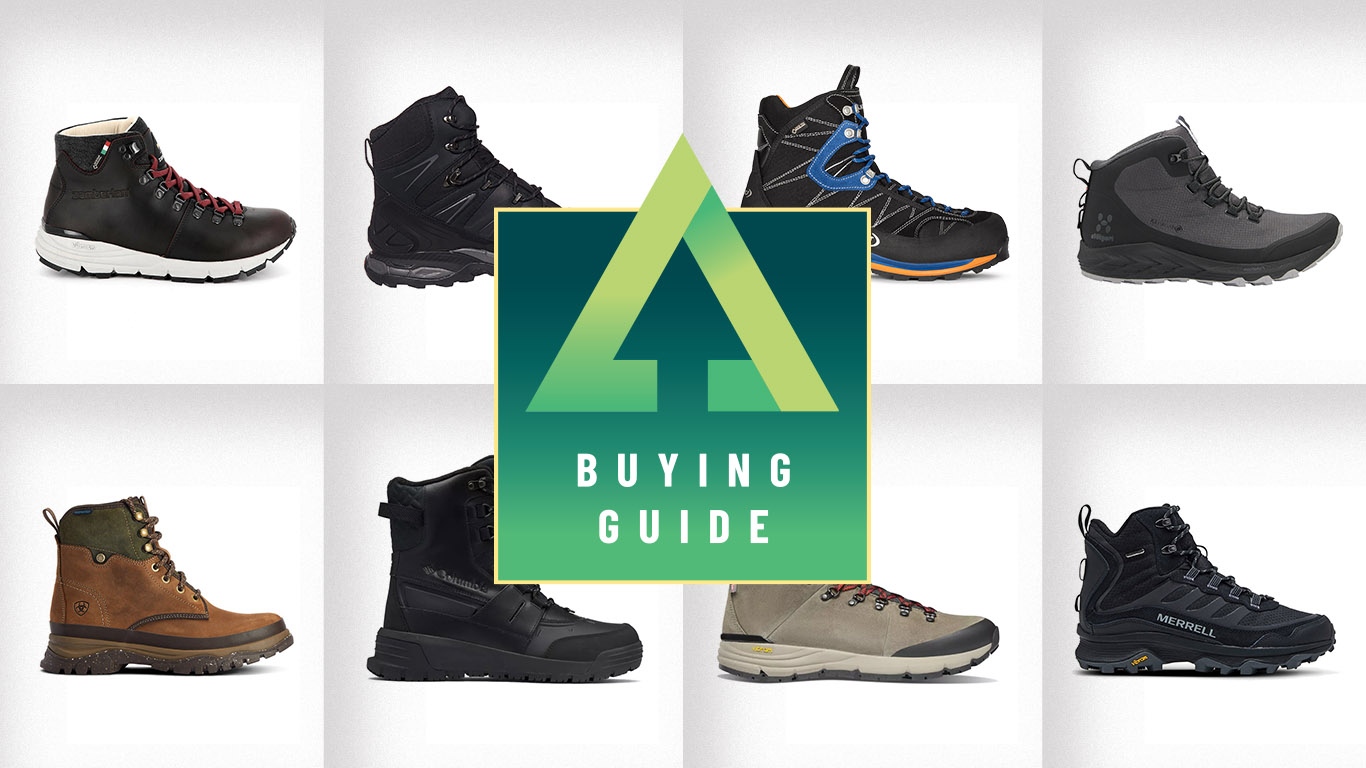
The best men’s winter boots need to be both warm and waterproof if they're going to see you through the very worst conditions. During the coldest months it's more important than ever to have the best quality kit, as you take on freezing wind, rain, hail and snow, sometimes all in the same day!
Whatever your preferred outdoor pursuits, few pieces of kit matter more than those that protect your feet, so in our best men’s winter boots guide we've subjected the top models to a wide range of winter sports and tough conditions.
When choosing your boots you need to think about the type of activity you'll be using them for, what kind of weather you'll be facing, and of course your own sense of style. Some winter adventurers will prioritize extra insulation and grip for hiking when trails are at their absolute boggiest, while others will be looking for a snow boot capable of withstanding the severe winters at northern latitudes. And some people just want a stylish waterproof boot to slip on after a day’s skiing, for when they hit the après bars.
If you don’t see what you’re looking for here, head over to our best women’s winter boots guide, or for footwear for tackling more technical trails, check out our best winter hiking boots guide, or peruse our best hiking boots or best hiking boots for women guides.
Meet the expert
You can trust Advnture
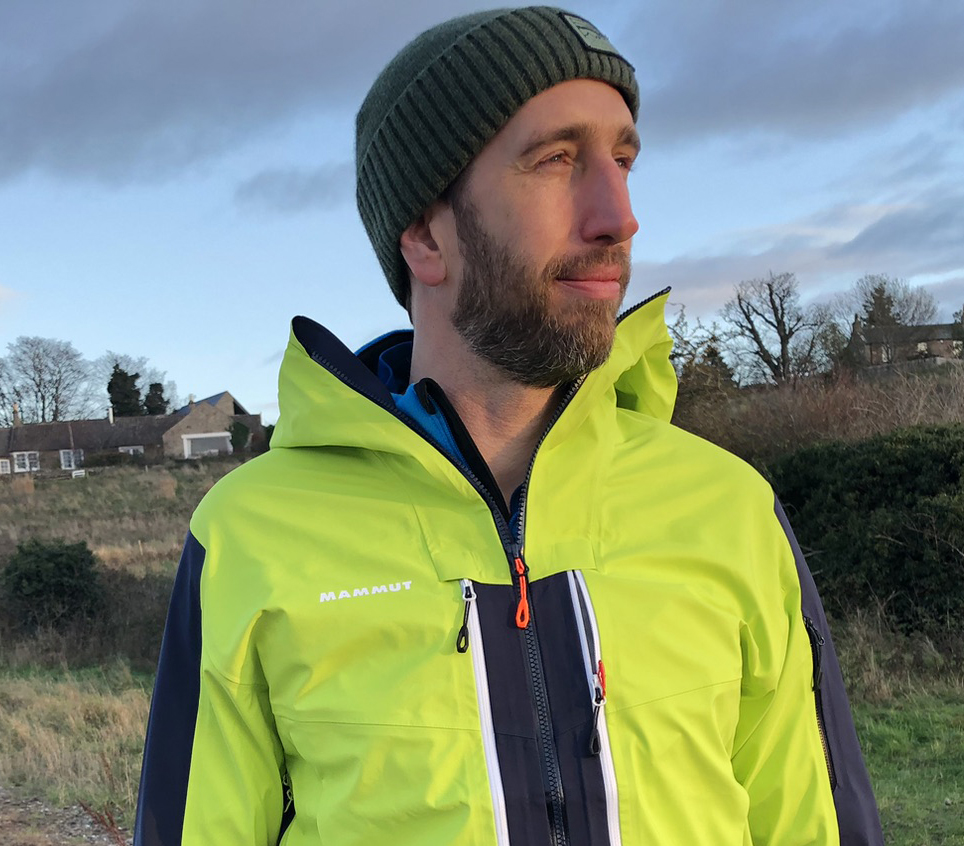
Jack McKeown is a Scottish journalist, hiker, skier, runner and beach volleyball player. Having walked many of Scotland’s long distance trails, last year saw him tackle his first ultramarathon. He lives in Dundee and in his spare time Jack and his golden retriever Bracken are often to be found exploring the mountains, forests, lochs and rivers of Highland Perthshire.
The quick list
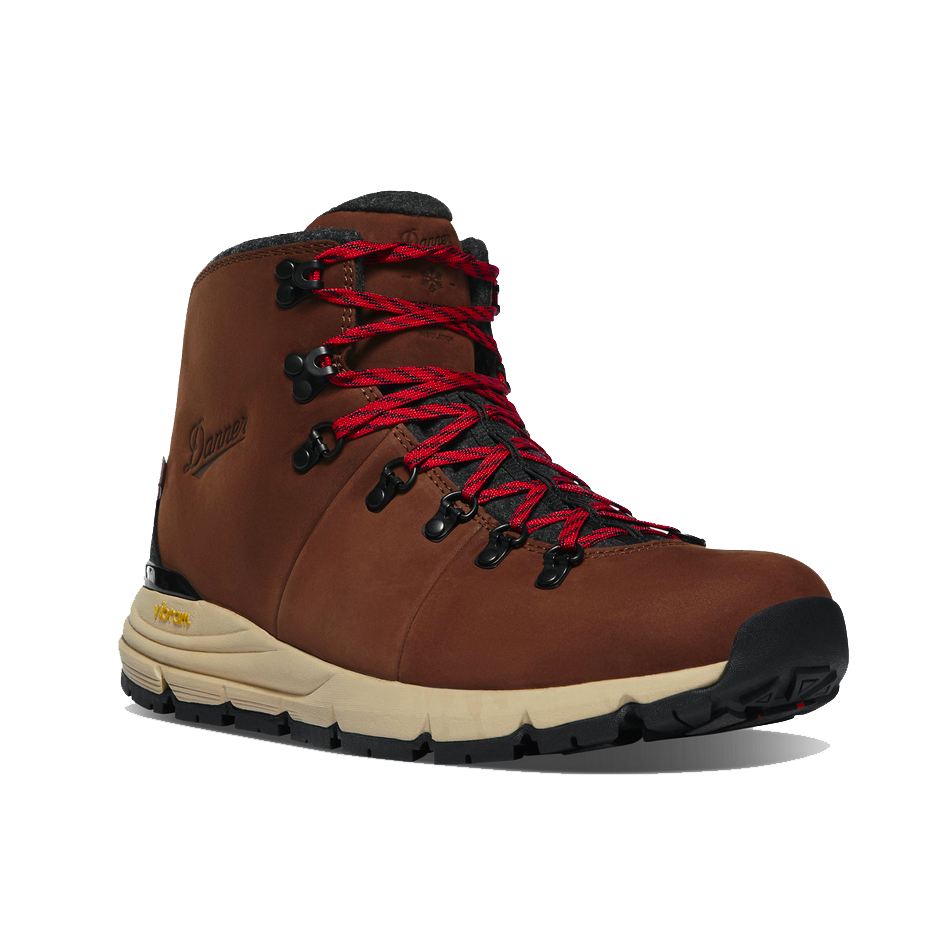
The best for snowy trails
These boots are beautifully insulated, so if you live an area that gets lots of snow they'll be your best friend. We'd have liked to see a larger toecap for greater protection, but they're ideal if your priority is grip and warmth in the snow and ice
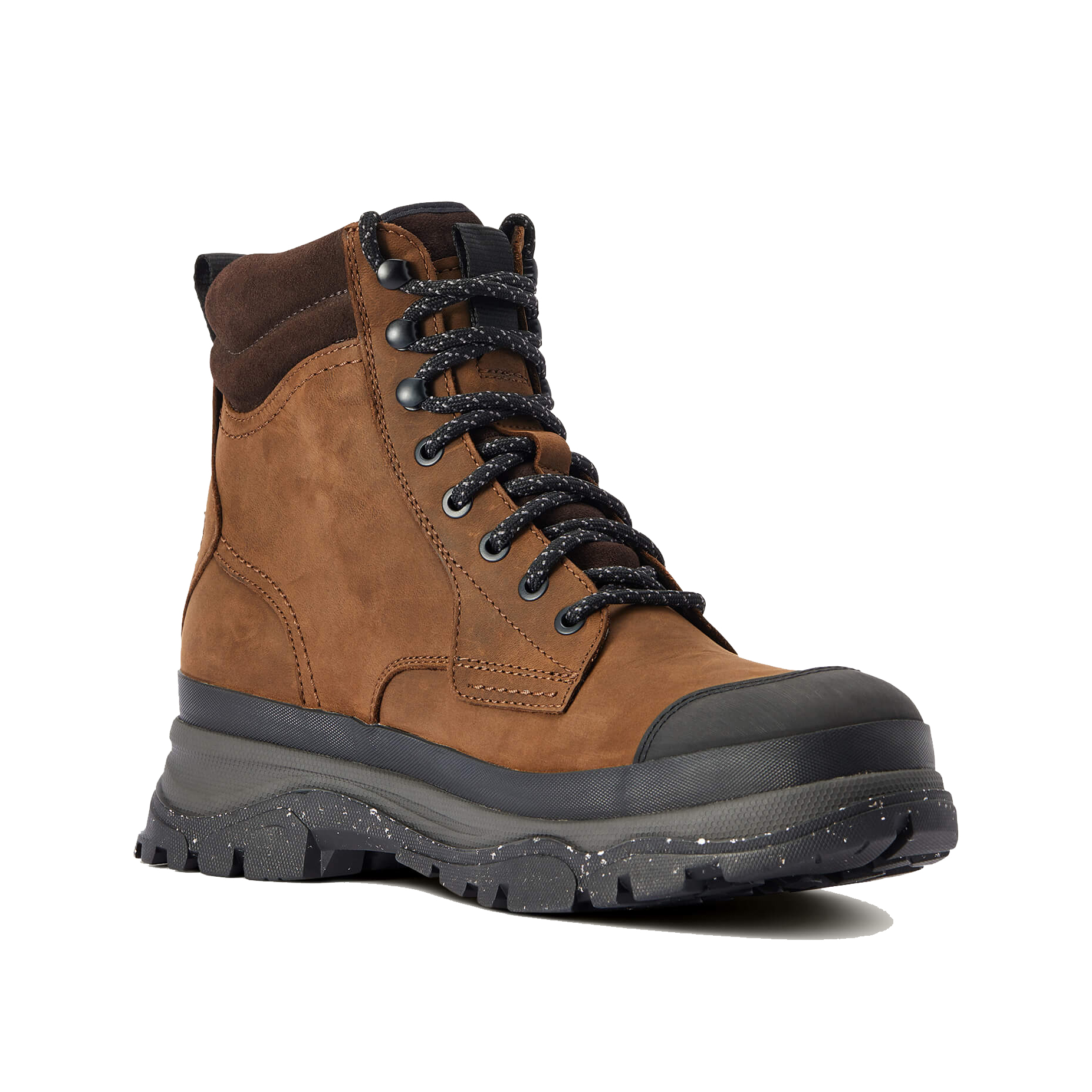
The best for custom fit
A traditional style that looks just as good as most casual leather boots. They're fully waterproof and the soft leather will slowly mould to your foot shape for a perfect fit. We love the cushioning provided by the four-layer foot bed
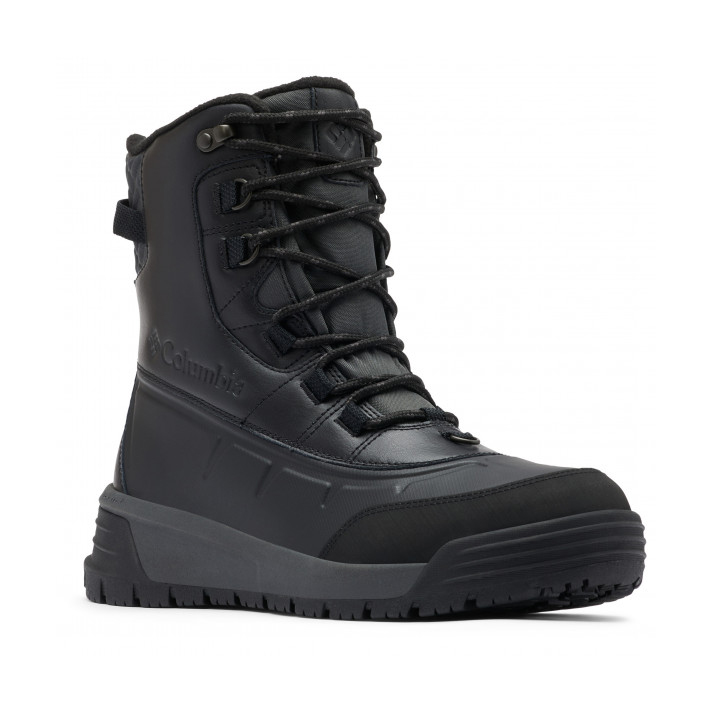
The best for warmth
These are the warmest boots we've tested, and are very clearly designed for life in the snow and cold, with an impressive 400g of insulation. They're very tough, but this also makes them quite inflexible, so getting the right size is essential
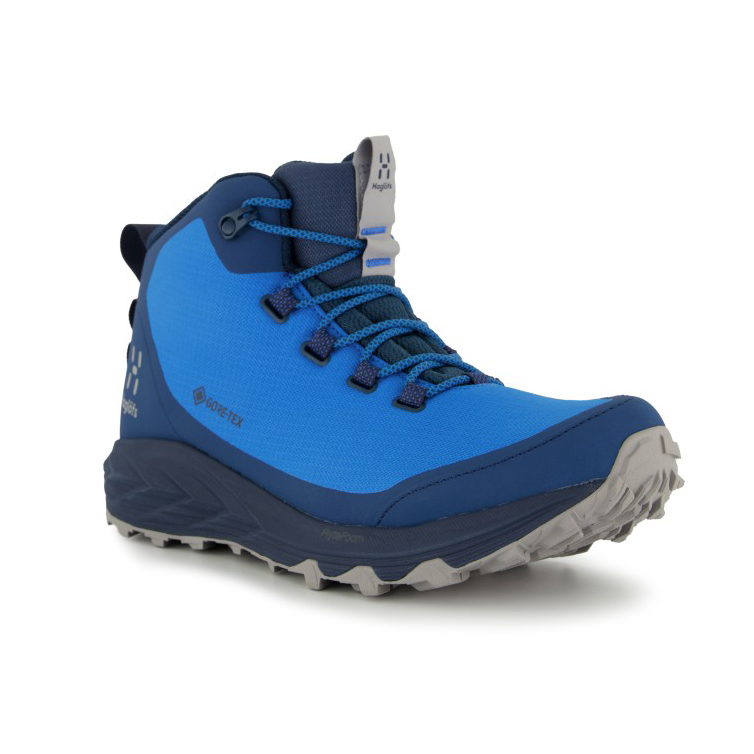
The best lightweight boots
These boots don't have extra insulation so they're not ideal for the harshest weather, but we reckon they're perfect for fast-paced wintery activities, where you'll be grateful for their light weight and excellent grip
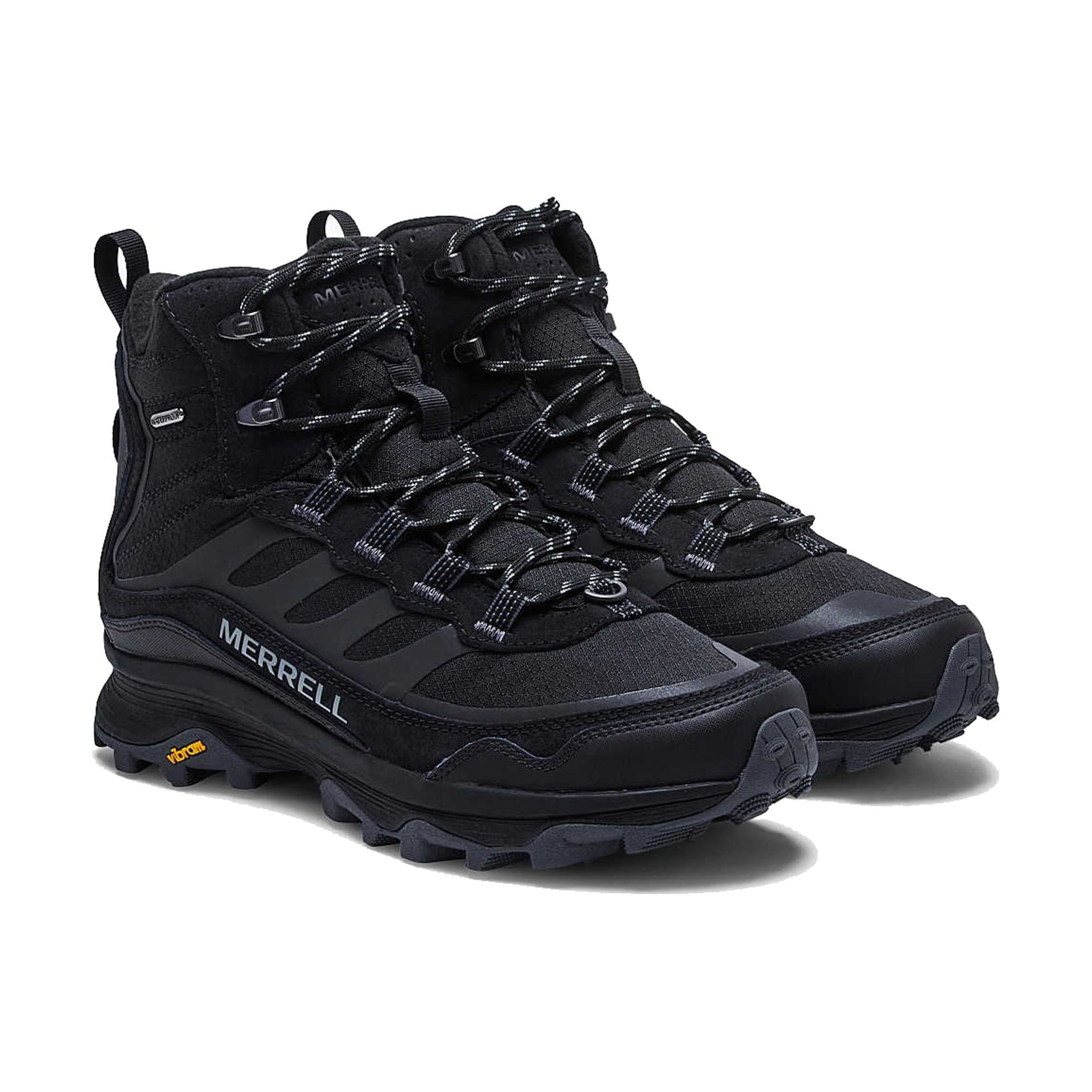
The best for hiking trails
This is the insulated version of a Merrell boot that's been a favorite with hikers for many years. Although not the lightest , we found that when worn they didn't feel heavy at all and the neat design also makes them look a size smaller than they really are
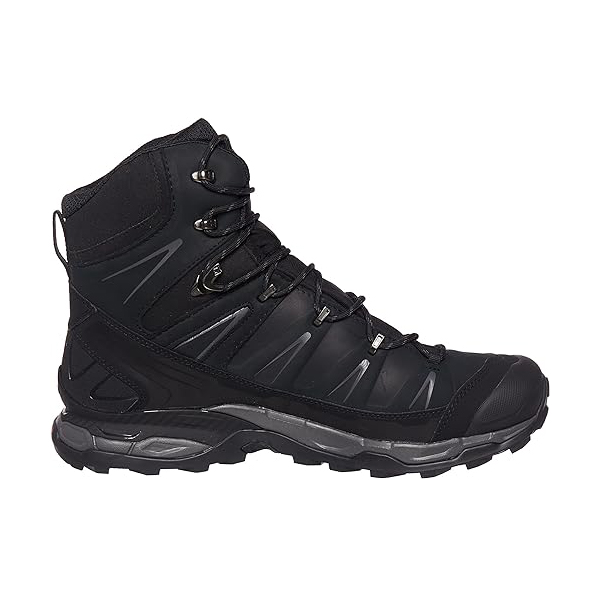
The best for all day hikes
These boots have a flexible sole that should stay comfortable all days, and deep lugs that can handle mud and snow. We'd have liked more info about the insulation used, but the uppers are well padded so as long as you're active they should keep you warm
Load more men's winter boots ↴
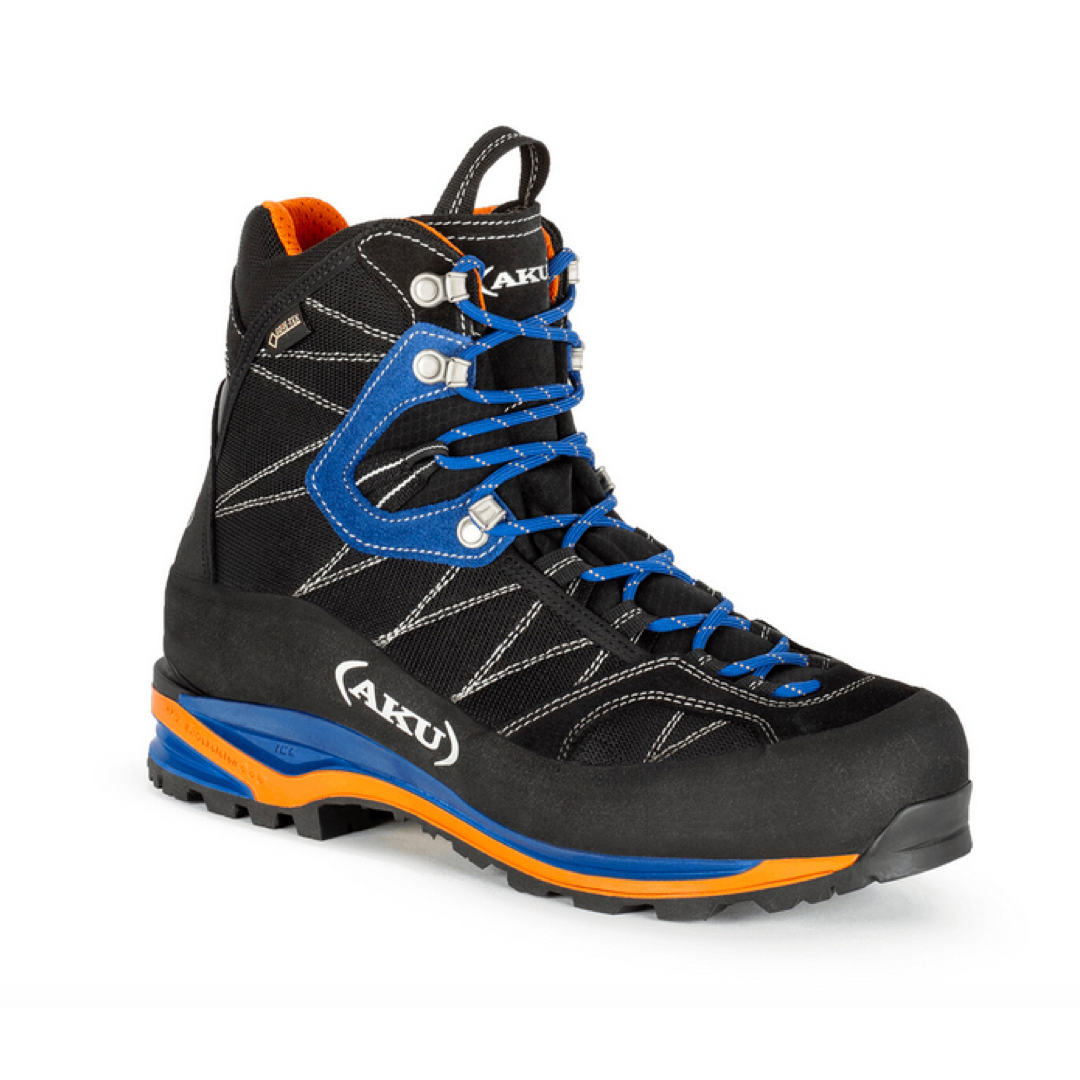
The best for mountaineering
These have a clever construction with a tough 'exoskeleton', and a lightweight inner section for welcome cushioning. We liked the burly toe box, which is great for scrambling, or kicking steps in the snow
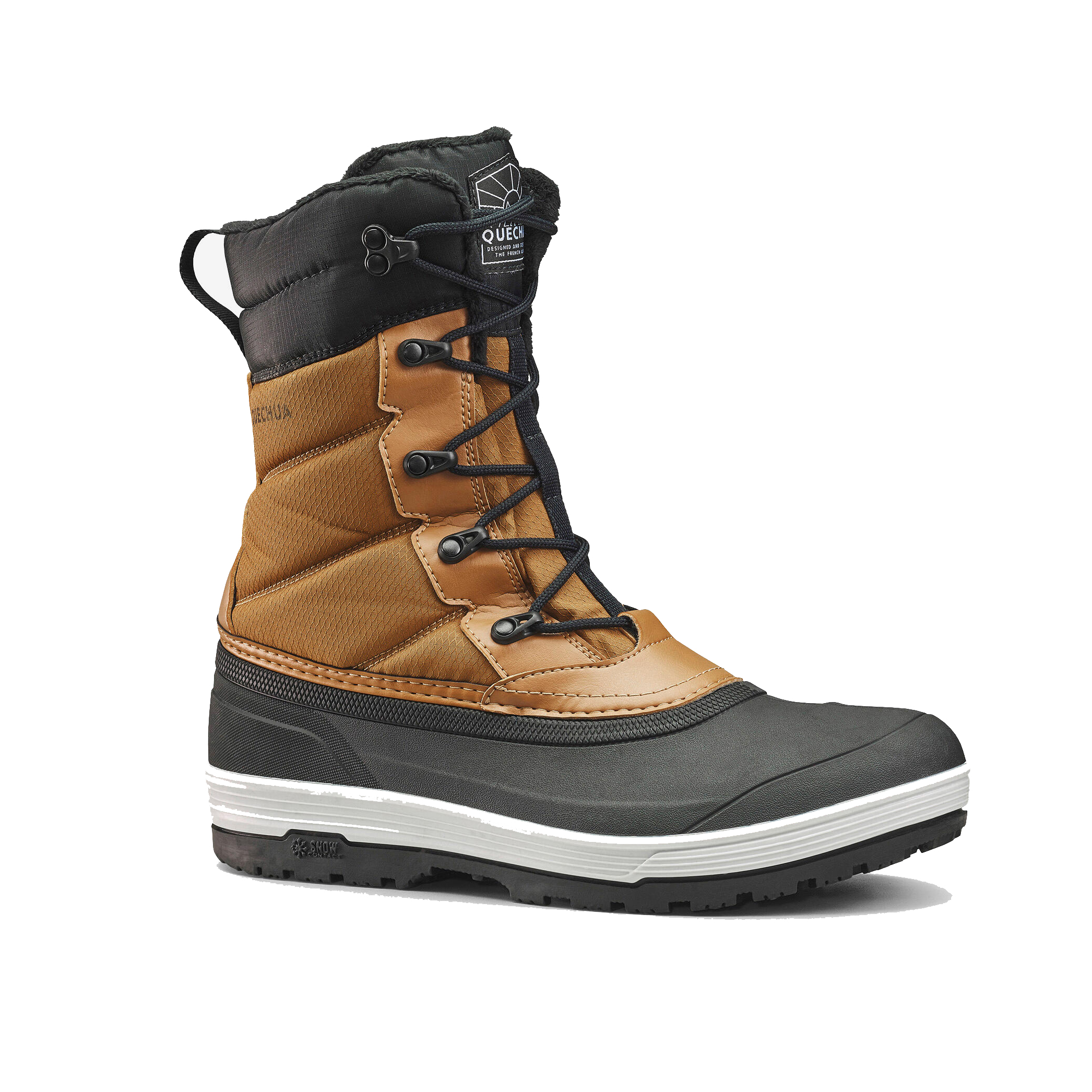
The best value
If you need a true après ski boot, built for wading through snow rather than tacking trails, then this cosy design may well tick enough boxes. We liked the thick fleece lining, designed to keep you comfortable to -8°C (18°F) when static and -17°C (1°F) when on the move
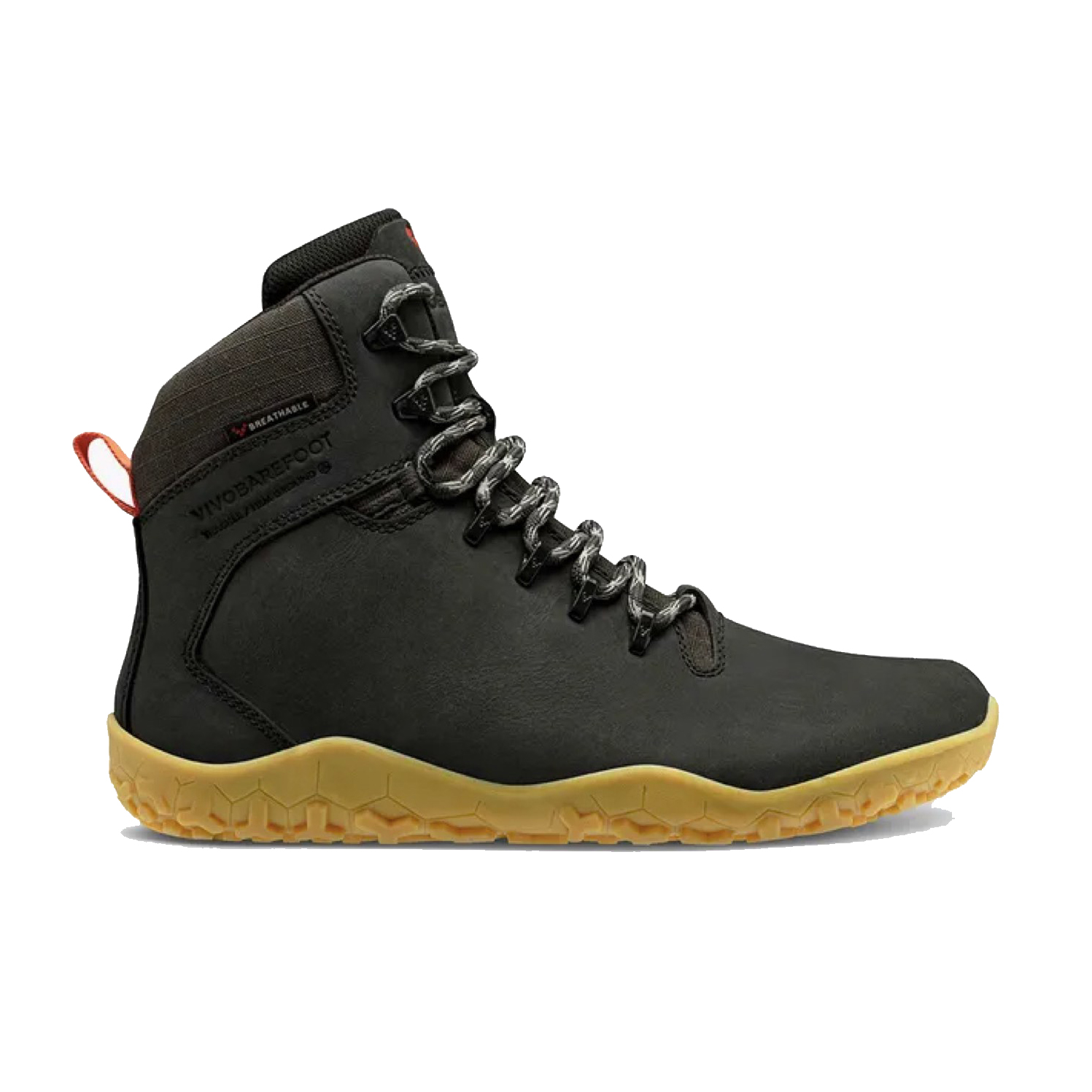
The best minimalist boots
Winter hiking may be the ultimate test for barefoot footwear. The thin sole on this pair doesn't give much insulation, so there's a removable thermal insole to keep you cosier. They're truly waterproof but we reckon the 4mm lugs aren't quite enough to stop you slipping when the going gets muddy
The best all rounder
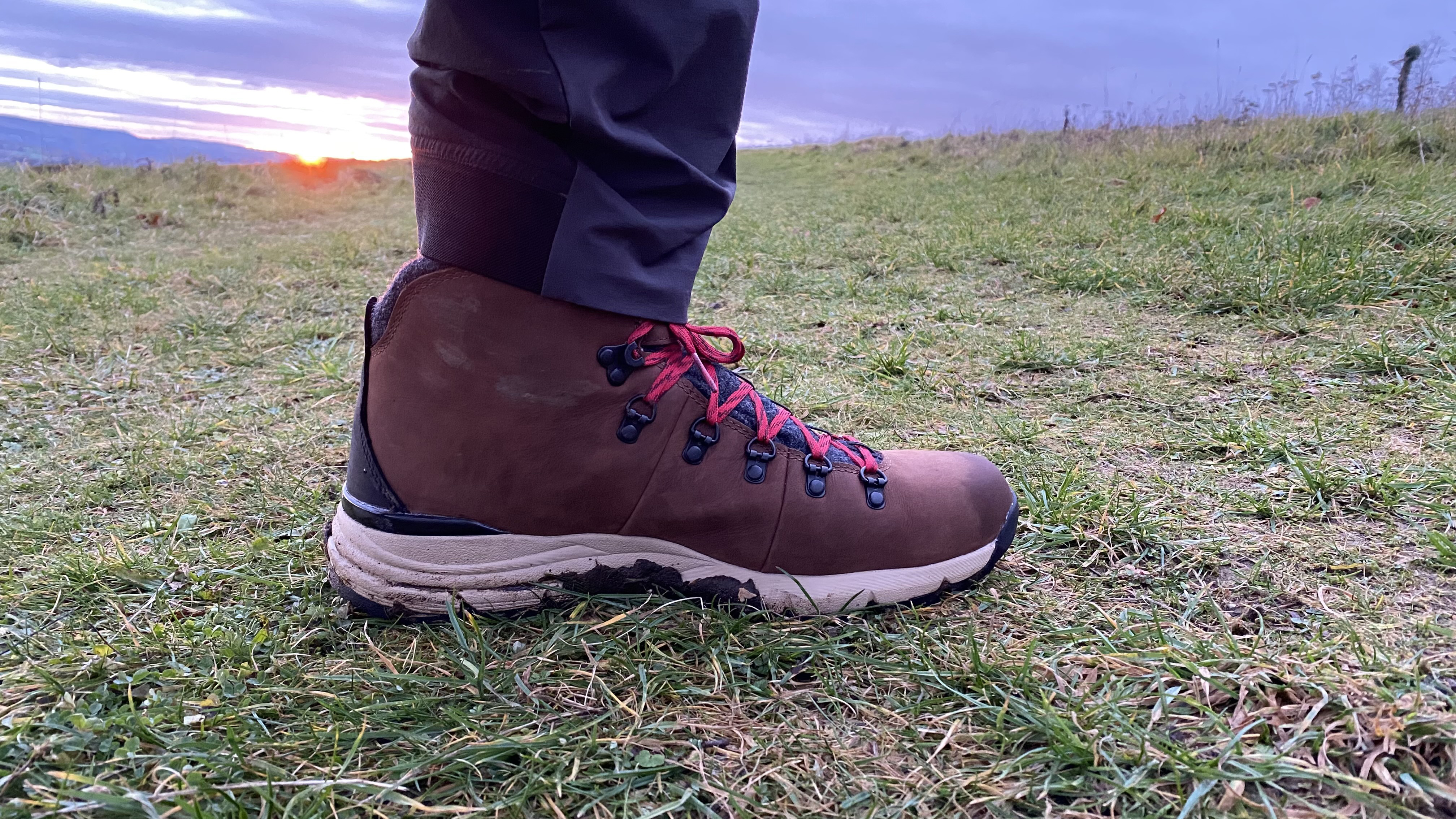
Specifications
Reasons to buy
Reasons to avoid
Comfortable straight out of the box, the insulated Mountain 600s from Midwest-based brand Danner have a chassis made with beautifully soft full-grain leather, backed by a waterproof membrane and lined with 200G PrimaLoft insulation. They offer excellent warmth and good weatherproof protection for trail traipsers and hill hikers who like to keep on trekking through the harshest winter months, but there is more to the Mountain 600s than warmth.
The mid-height over-ankle design, heel cup and fast-hook lace system combine to supply good all-foot support. There’s a rubberized EVA midsole, which cushions footfall on all sorts of terrain. Beneath this midsole, sits the impressive Vibram Nisqually Arctic Grip outsole, which is made from a high-traction compound and has a split heel and large lugs intelligently arranged to provide serious grip in wet and icy conditions.
The excellent thermal protection does come at the expense of breathability. They feature a removable OrthoLite footbed, made from open-cell polyurethane to aid air circulation and help dissipate some heat, but the insulated version of the Mountain 600s (which are available in many other iterations) do run warm. You need to ensure that you wear them in the right (sufficiently chilly) conditions, and accept the fact that – unless you live close to the top or the bottom of the globe – they’ll probably be in storage for 9 months of the year.
The toe protection is pretty minimal, with a small toecap that doesn’t supply much cover if you need to kick some steps into snow. And the nylon shanks don’t supply enough rigidity for any really technically edging, or to be combined with crampons for serious mountaineering either.
But that’s not what these boots are designed for. They’re intended for hiking on snowy trails and more modest, non-technical hills and peaks in freezing cold conditions, and for general wear in countryside areas during the depths of winter, and in all of these circumstances they’re excellent.
Read our full Danner Mountain 600 Insulated winter boots review
The best for custom fit
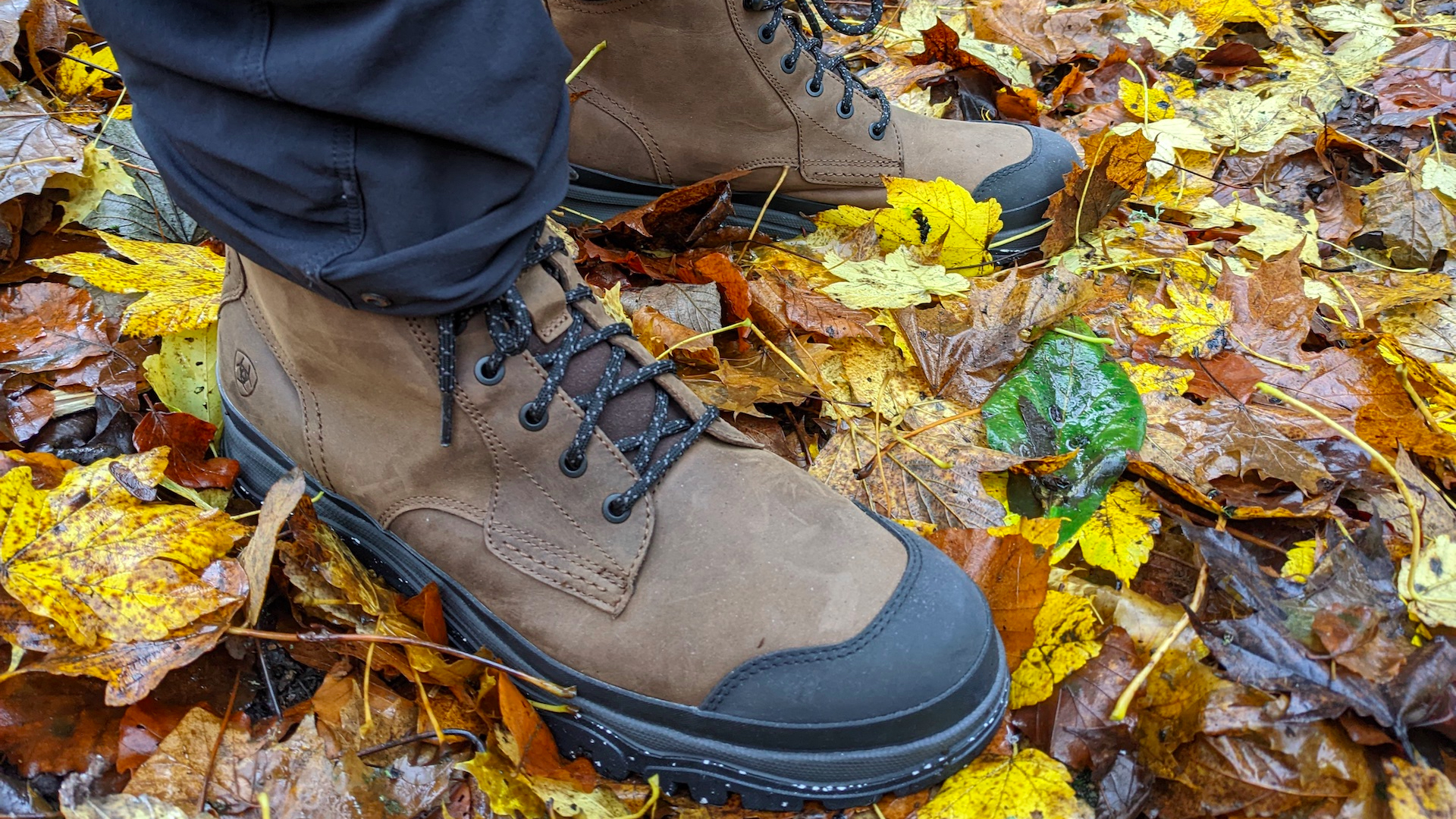
2. Ariat Moresby
Our expert review:
Specifications
Reasons to buy
Reasons to avoid
Founded by two Stanford University students in the 1990s, Ariat aim to combine traditional boot-making methods with the kind of technology used in sports shoes. The Ariat Moresby is a high-cut, full-grain leather boot that has the level of cushioning you’d expect from a pair of basketball shoes. A four-layer foot bed combines support, stability and shock absorption.
They look every bit as good as most casual leather boots. A rubber toe protector and the sharp teeth of the sole’s grips are the only suggestions that these boots are designed with more extreme activities in mind. Fully waterproof, the 6in boot is cut high enough to keep your feet dry through most conditions. Deep lugs offer grip across a variety of terrains, from snow to mud and slippery rock surfaces.
Loops on the tongue and heel make them easy to put on and take off. There are six metal lace-hooks, though, so tying them takes time. Once tied they offer a secure, weatherproof fit.
Built in a medium width, the Ariat Moresby should be suitable for most foot shapes and the soft leather will mold over time for a personalized fit.
The best for warmth
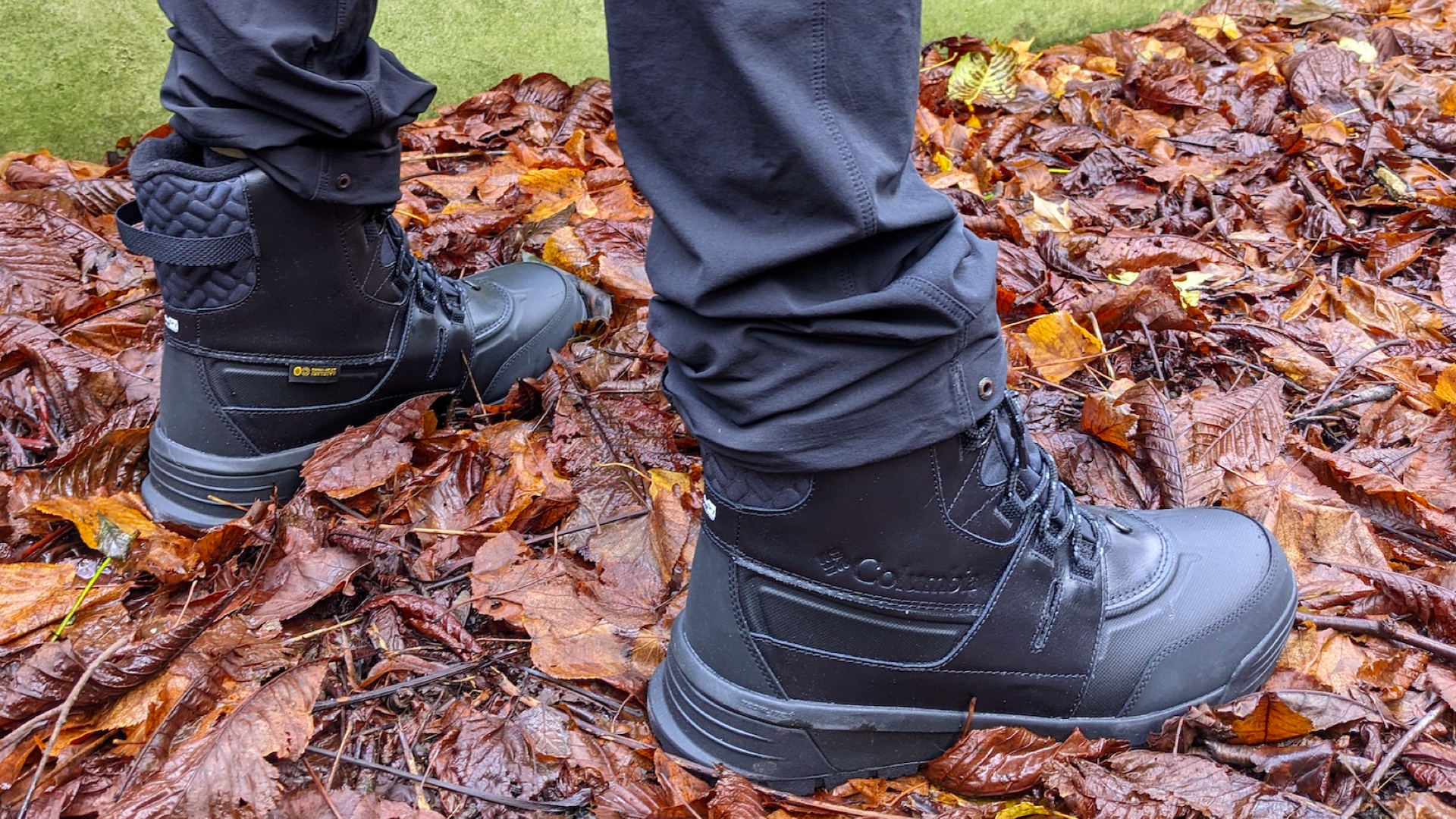
3. Columbia Bugaboot Celsius Plus Snow Boot
Our expert review:
Specifications
Reasons to buy
Reasons to avoid
If you regularly spend a lot of time in very cold and snowy places, the Columbia Bugaboot Celsius Plus should be on your radar. With a remarkable 400g of insulation, these were the warmest men’s winter boots we tested. As well as all that padding, the Bugaboot Celsius Plus benefits from Columbia’s Omni-Heat system, a special lining that has hundreds of gold dots to reflect your body heat back into the boot.
The uppers feature waterproof leather, textile, webbing and metal. They feel incredibly tough and should be good for many winters. However they are hard and inflexible so getting the correct size is crucial. These are not boots that will break-in and mold themselves to your feet over time.
The rubber Omni-Grip sole is designed specifically for snowy conditions and should ensure you can make your way up along the trails or around the ski resort without taking a tumble. Huge heel loops make them easy to put on or take off with winter gloves on. These are boots that are very specifically designed for life in the snow and cold. If you spend a lot of time skiing or live somewhere with harsh winters you’ll be very glad you bought a pair. If you only hit the slopes once or twice a year you might be better of picking one of the more all-round men’s winter boots from our guide.
The best lightweight boots

Specifications
Reasons to buy
Reasons to avoid
These boots from Swedish outdoors company Haglöfs are good for fast-paced, active winter activities. At just 381g per boot, they’re incredibly lightweight and a joy to have on your feet, and despite barely nudging the dial on the scales they’re well featured and ready for winter adventures. There’s a Gore-Tex lining, reinforced fabric uppers, a thick foam midsole and padded ankles for extra support, but they’re not insulated, so if you’re standing around in sub-zero conditions your feet will soon start to chill. Active winter activities are what these boots excel at. They’re in their element on a brisk hike up a mountain or through a forest.
Excellent breathability and plenty of flex mean they remain comfortable after a long day on the trail. The sole’s 4mm lugs offer plenty of grip on wet or slippery surfaces but aren’t quite rugged enough to deal with the kind of deep mud Scotland’s mountains all too frequently offer in winter. These boots will be out of their depth in the very harshest weather, but if you want a boot that offers a superb weight-to-performance ratio for winter days when the forecast isn’t dreadful, these will be your go-to choice.
The best for hiking trails
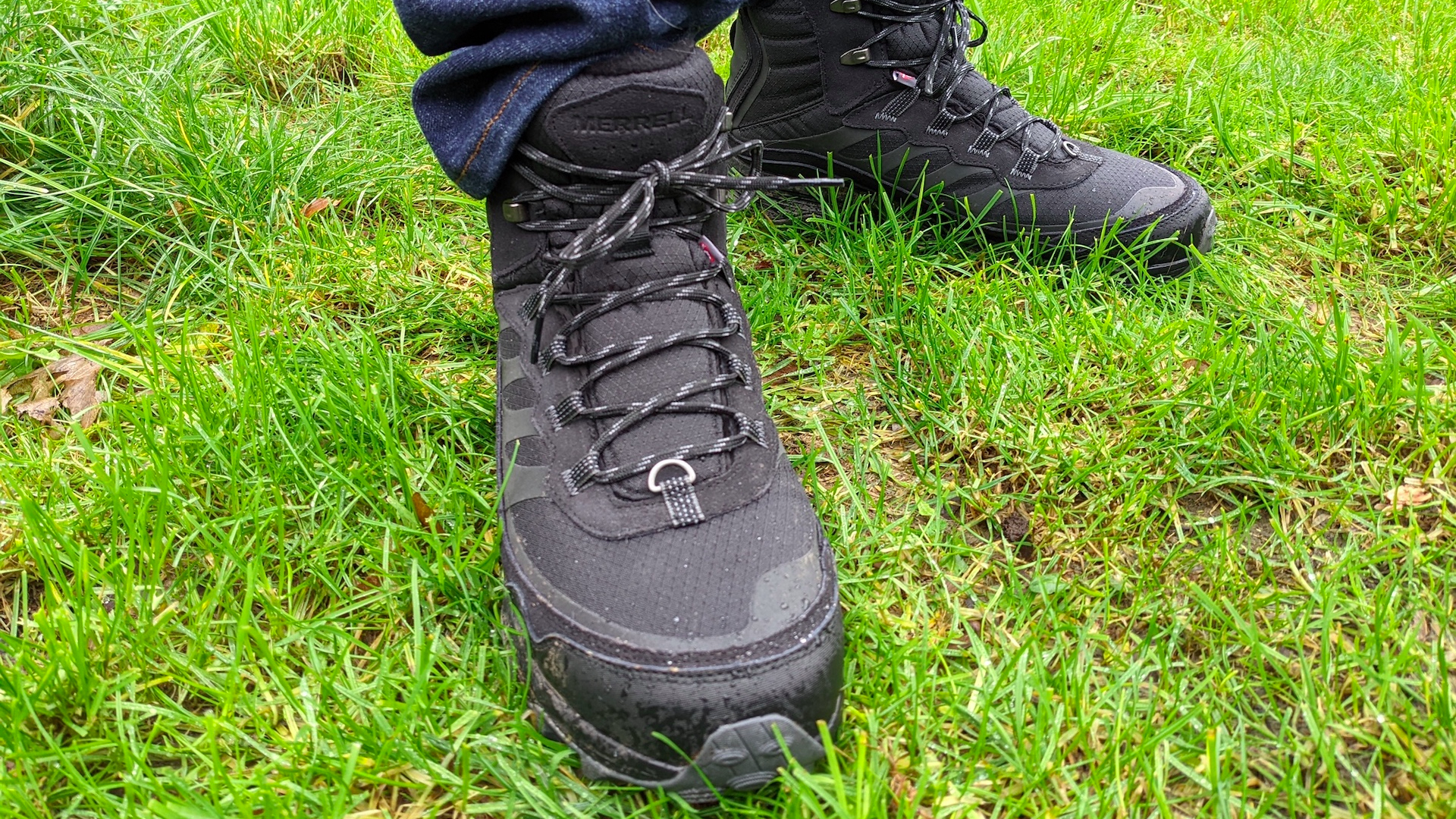
5. Merrell Moab Speed Thermo Mid
Our expert review:
Specifications
Reasons to buy
Reasons to avoid
Merrell’s Moab Speed have been a firm favorite with hikers for years and now there’s an insulated version. The Merrell Moab Speed Thermo Mid is a winter-oriented iteration of the American company’s popular 3-season trail boots. They have all the features of their stablemate the Moab Speed GTX – including being fully waterproof – and add a useful extra dose of winter warmth thanks to 200g of Primaloft insulation.
At 480g they’re not feather-light, yet the numbers don’t tell the full story and these Merrells never feel heavy or cumbersome to wear. Indeed, a neat design makes them look a size smaller than they actually are.
Price-wise, they’re not bargain basement but neither are they at the higher end of the price spectrum. A Vibram sole with deep lugs makes it easy to find traction in snow or mud, while that Primaloft layer ensures your feet don’t feel the chill when the mercury plummets. Soft fleece trim inside the ankles and tongue gives a little bit of extra comfort and warmth.
The best for all day hikes
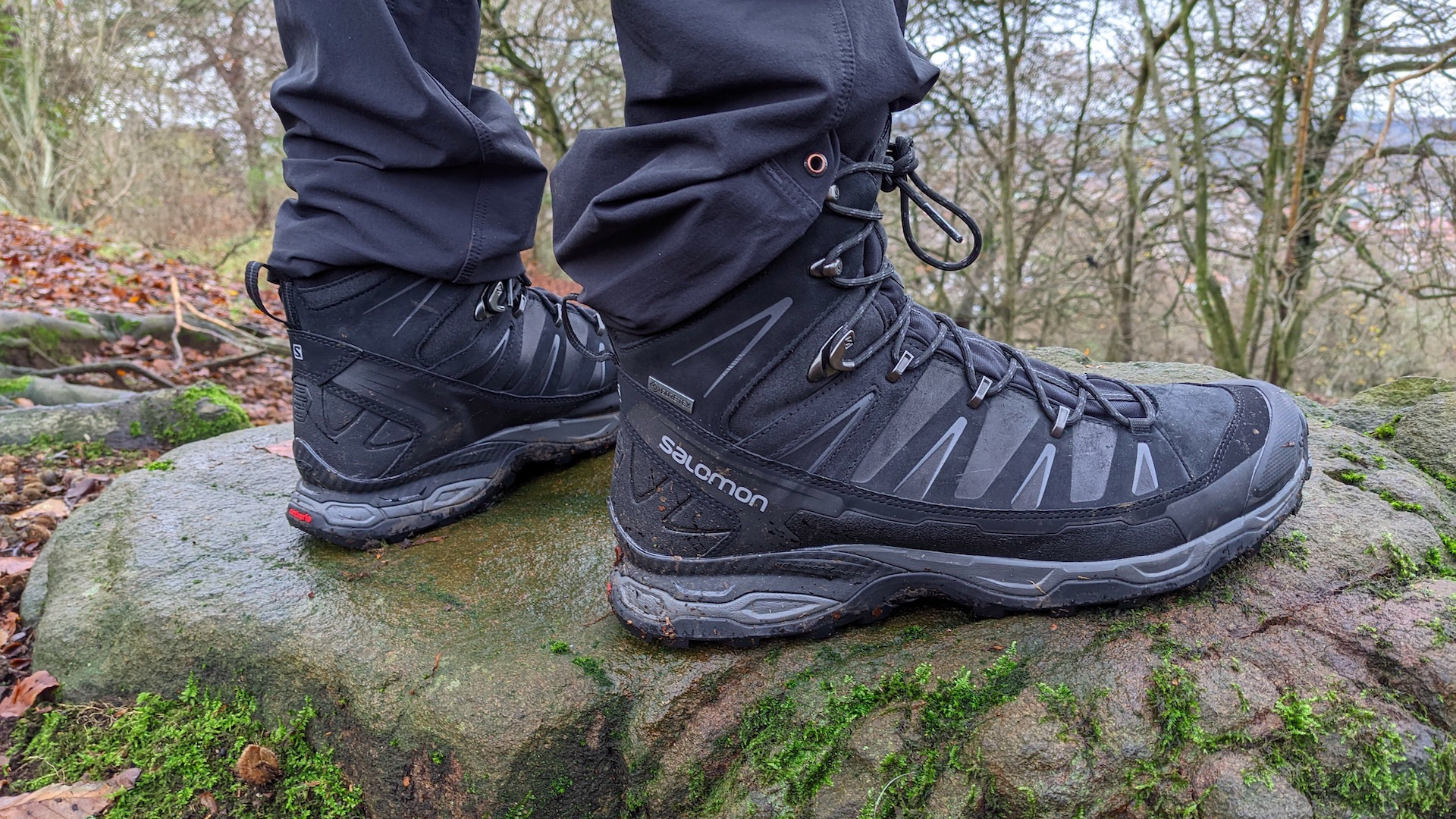
6. Salomon Men’s Ultra Trek GTX High Rise
Our expert review:
Specifications
Reasons to buy
Reasons to avoid
Salomon has built a deserved reputation for shoes that are capable and long lasting. The Ultra Trek GTX range is available in low, mid, and the high version tested here.
Aimed at year-round hiking but perfectly capable of holding its own in most winter conditions, this 3-season-plus boot has a sole with deep lugs that can handle anything from thick mud to snow. Salomon don’t give insulation info for the Ultra Trek GTX but the uppers are thick and well padded. As long as you’re active they should keep you warm in most conditions, but it’s not a fully specced winter boot.
However, high ankles give extra confidence that snow and water won’t find their way into these boots. Salomon have a reputation for build quality and these feel like they will go and go. A flexible sole is great for day-long hikes where long miles are covered and comfort is key. Those tackling difficult rocky ascents may want something stiffer, however, in which case we recommend the AKU Tengu GTX.
The best for mountaineering
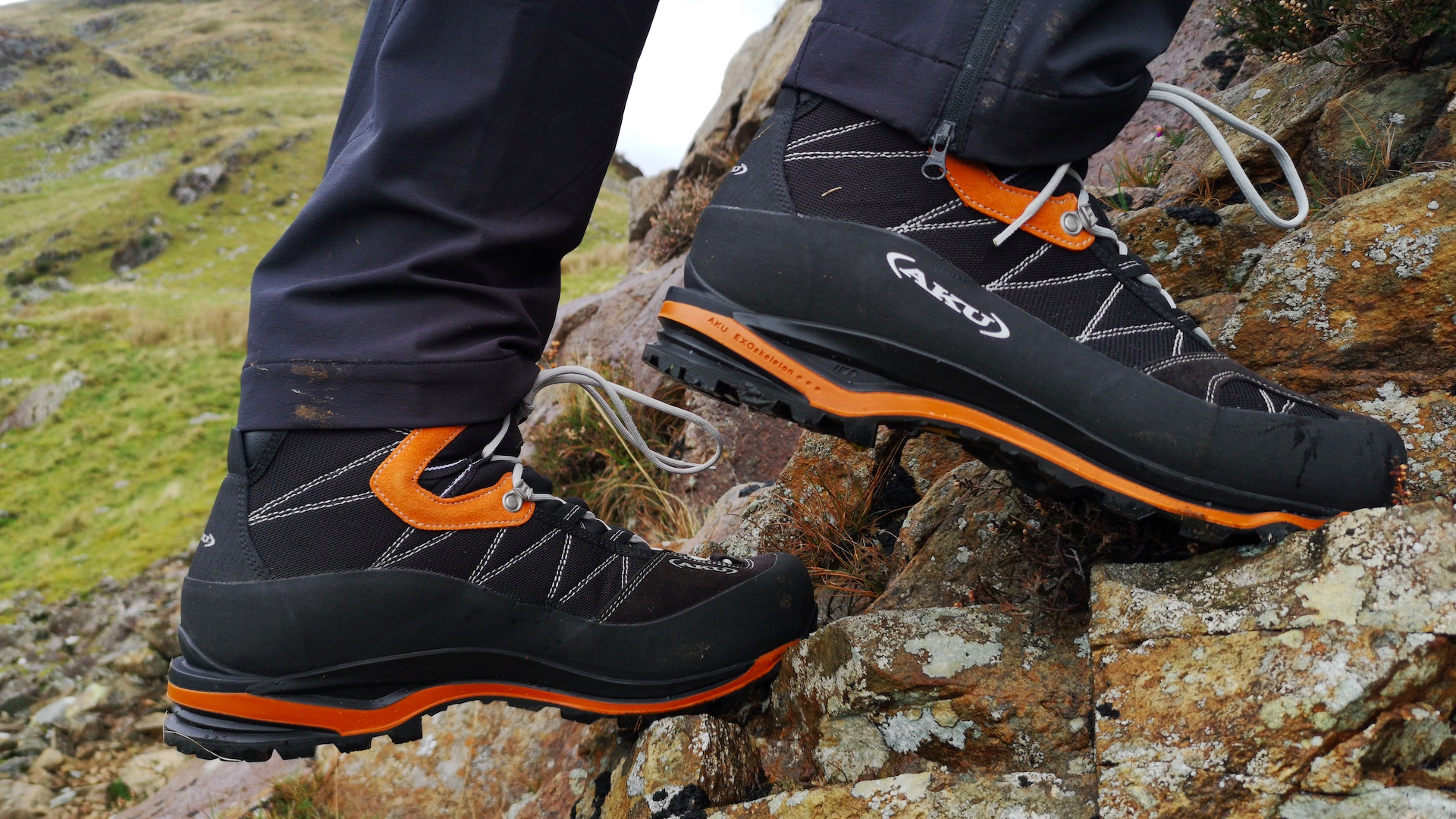
Specifications
Reasons to buy
Reasons to avoid
On paper, the AKU Tengu tick virtually all the boxes when it comes to the best winter walking boots. The design incorporates a high-ankle cuff for plenty of support and protection, tough uppers with a wraparound rand for durability, a Gore-Tex lining for reliable waterproofing, and a Vibram sole for reliable traction underfoot.
Actually, there’s even more to the boot than that – it’s just that most of the really clever stuff is hidden from view. Structurally, the boot is made up of a dual-density PU midsole with a carbon fiber shank. This consists of a durable “Exoskeleton’”along with a lightweight inner section for better cushioning. As a result, they feel supportive yet comfortable, being stiff enough to take a C2 crampon (check out our guide to the best crampons you can buy) and climb competently, yet with enough cushioning for easy walking. The burly toe box is equally good for scrambling or kicking steps in snow.
AKU boots are generally known for their excellence in terms of fit, with sophisticated tech and lasting to try and guarantee a close, precise fit. Indeed, some reviewers have praised the Tengu in this regard. Unfortunately, we didn’t get on quite so well with it, experiencing noticeable heel slip no matter how tightly we laced the boots. Even trying a thicker insole didn’t help. It’s a minor niggle though, and one that may not affect all foot shapes and volumes. Just because it didn’t suit us doesn’t necessarily mean it won’t suit you.
Read our full AKU Tengu GTX winter hiking boots review
The best value
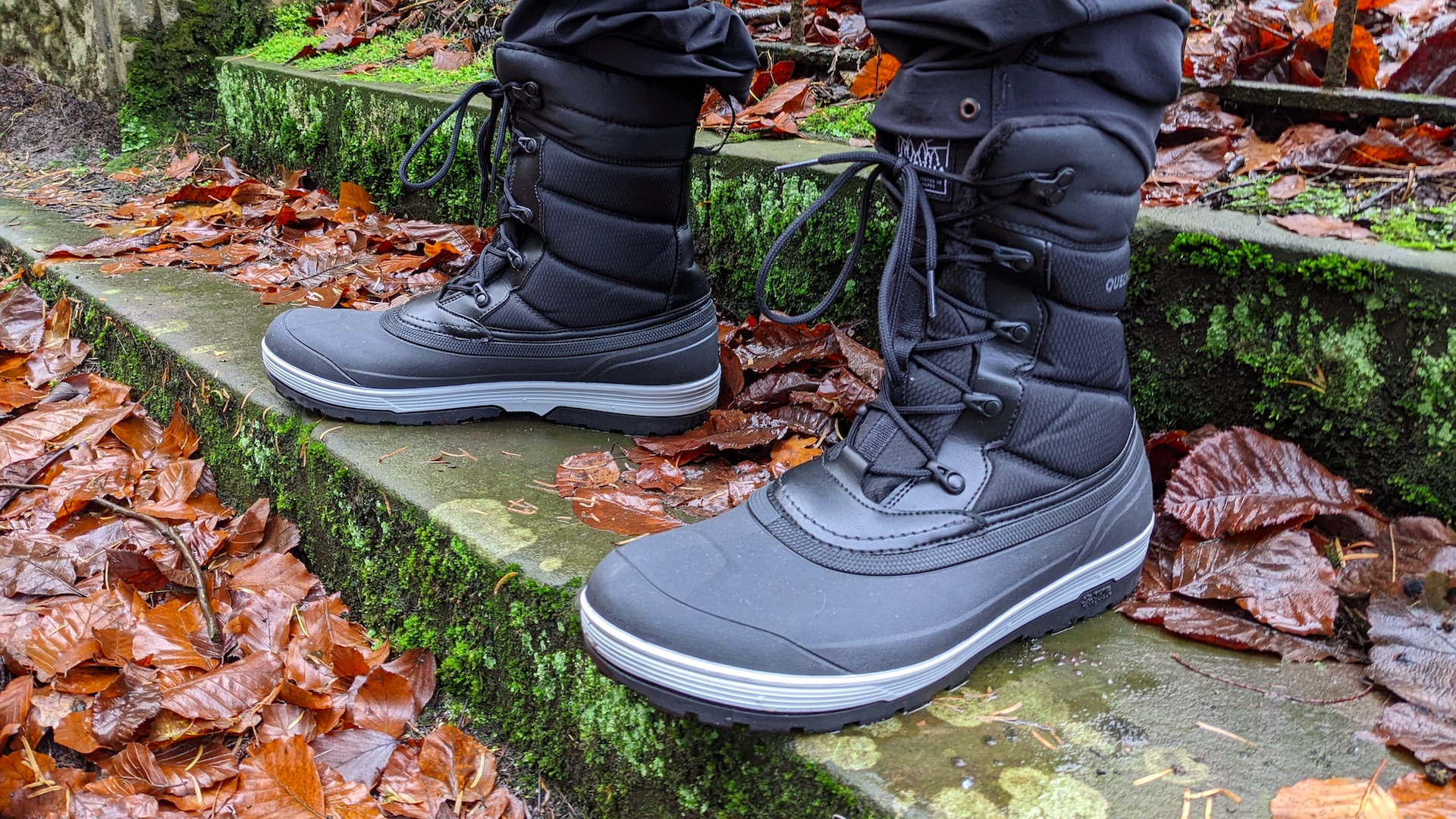
8. Decathlon Quechua SH500 X-Warm Waterproof Lace-Up Snow Hiking Boots
Our expert review:
Specifications
Reasons to buy
Reasons to avoid
There really is no limit to how much you can pay for a pair of men’s winter boots. But do you need to spend all that money? Isn’t there a boot that offers good performance for a lot less outlay? Step forward this snow boot from Quechua, budget sporting goods retailer Decathlon’s house brand.
The fully waterproof boot has a thick fleece lining that offers exceptional warmth. In fact it’s second only to the Columbia Bugaboot for warmth in this test. According to their makers they’ll keep your feet comfortable to -8°C (18°F) when static and -17°C (1°F) when on the move. Costing less than £50, they’re incredibly good value for a boot that will keep your toes toasty down to temperatures as low as all but the most gung-ho adventurers are likely to encounter.
The sole is designed to offer maximum traction on snow and the boots have a high cut so you can wade through a fresh fall of the white stuff without soaking your socks.
The combination of a flexible synthetic upper and deep, soft fleece lining makes for a very comfortable winter boot. In fact we sometimes wore them instead of slippers on cold days working from home. However, these boots are not designed for hiking or any real general wear. They’re for wading through snow. But their combination of warmth, protection and comfort at an astonishing price make them a perfect purchase for après-ski footwear.
The best minimalist boots

Specifications
Reasons to buy
Reasons to avoid
Can a barefoot model be used as a men’s winter boot? Minimalist footwear specialist Vivobarefoot think so. Their Tracker II FG is billed as a hiking boot that can be used all year round.
Vivobarefoot believe footwear should be foot-shaped and have minimal distance between you and the elements. The Tracker II FG has a sole that’s just 2.5mm thick, with 4mm lugs to stop you slipping. Such a thin sole doesn’t give much insulation between you and the ground so Vivobarefoot include a removable thermal insole that improves underfoot warmth.
At 329g, they’re the lightest boot we tested – you barely notice you’re wearing them. On test we found them to be waterproof, handling waterlogged trails without letting any wetness in. Our feet didn’t get cold but the temperature didn’t reach truly frigid conditions. Even with the thermal insole it’s likely to be only the hardiest of hikers that will wear them in the depths of winter. Barefoot shoes also take a bit of getting used to. Your calves do more work so if you’re new to barefoot-style hikes it’s best to build up distances gradually while your muscles adapt.
Also, those 4mm lugs are perfect for bone-dry winter trails, but for muddy conditions hiking you need more aggressive indentations to grip when the going gets boggy.
That said, no other boot on this test offers the same sensation you get standing on a rocky outcrop in Vivobarefoots. Feeling the ground beneath your feet really does connect you to the landscape you’re walking through.
See our full review of the Vivobarefoot Tracker II FG hiking boot.
Boot | Price | Weight per boot | Insulation | Compatibility |
Danner Mountain 600 Insulated | $220 (US) / £220 (UK) | 567g / 20oz | 200g Primaloft | Cold-weather trail walking and hill hiking up to low alpine level |
Ariat Moresby | $195 (US) £175 (UK) | 680g / 24oz | N/A | All-weather adventures on non-technical trails |
Columbia Bugaboot Celsius Plus Snow Boot | $170 (US) / £160 (UK) | 666g / 23.5oz | 400g synthetic plus Omni-Heat reflective lining | Very cold conditions, walking on non-technical but snowy trails |
Haglöfs L.I.M FH GTX Mid | $170 (US) / £160 (UK) | 381g / 13.5oz | N/A | Mid-level trails in milder winter conditions |
Merrell Moab Speed Thermo Mid | $170 (US) / £155 (UK) | 480g / 17oz | Primaloft | Winter hiking to après-ski |
Salomon Men’s Ultra Trek GTX High Rise | $190 (US) / £170 (UK) | 861g / 30oz | Synthetic | Hill hiking on proper trails in cold and snowy conditions |
AKU Tengu GTX | £270 (UK) / €319.90 (EU) | 725g / 1lb 9oz | N/A | Capable of everything up to winter mountaineering |
Decathlon Quechua SH500 X-Warm Waterproof Lace-Up Snow Hiking Boots | £49.99 (UK) | 490g / 17oz | Thick fleece | Snow play and après chilling |
Vivobarefoot Tracker II FG | $240 (US) / £190 (UK) | 329g / 11.6oz | Thermal insole | Low-level, non-muddy trails |
How we test men’s winter boots
Our expert gear testers have put all of the following boots through their paces on a wide variety of terrain in thoroughly winter conditions, in Scotland and the Alps. Each pair has been performance assessed against a range of criteria, including thermal insulation, waterproofing, comfort, functionality, grip and style.
Choosing the best winter boots for you

What kind of men’s winter boots you need will depend largely on what you want to do with them and where you intend to use them. If you live in a temperate climate you’ll need something that can cope with wet and muddy conditions. People who live in Canada, Norway and other northerly climes will require a warmer boot that offers traction on snow. Skiers are likely to want something comfortable to ease into for an evening at the après bars. Whatever kind of men’s winter boots you want there are a few factors you should bear in mind.
Insulation
It would seem to go without saying that a winter boot needs to be insulated. But that may not be the case. If you’re hiking up mountains at a fast pace your exertion levels are high and your body temperature will be elevated. Overheated, sweaty feet are going to increase your discomfort level. So while you’ll still need grip, support and weatherproofing, you may not need insulation.
If it’s extra cold or you’ll be out for extended periods then insulation becomes much more important. Most insulated boots use a synthetic, breathable insulation such as Primaloft. Snow boots often come with a thick fleece lining that offers warmth and comfort. The former is better if you’re going to be active in cold conditions, while the latter is fine for outdoor ski bars.
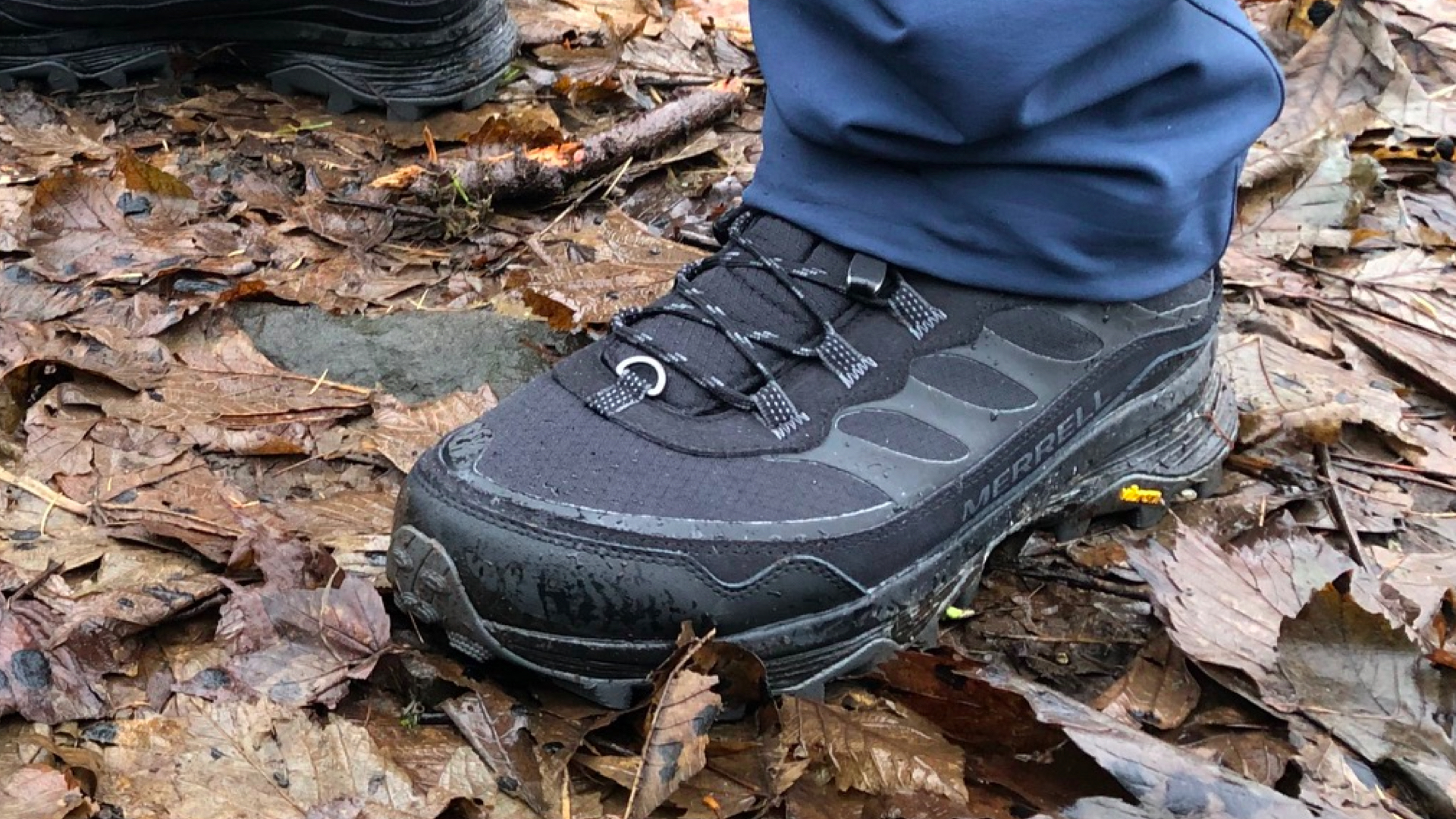
Waterproofing
All the boots tested here are waterproof. But how long they remain waterproof for is likely to vary a great deal depending on the type of boot you go for.
Models that are extremely lightweight with thin fabric uppers will be relying on a membrane liner such as Gore-Tex to keep water out. A couple of broken stitches or a tiny tear in the lining is all the opportunity water will need to seep in and soak your socks.
The more hardcore winter boots will feature much thicker lining that is a lot more robust and will stand up to abuse. Waterproof boots with full grain leather uppers are also likely to remain waterproof for years rather than months of hard use. As with everything, however, there’s a trade-off and you’ll pay a weight penalty for boots with waterproofing that’ll never let you down.
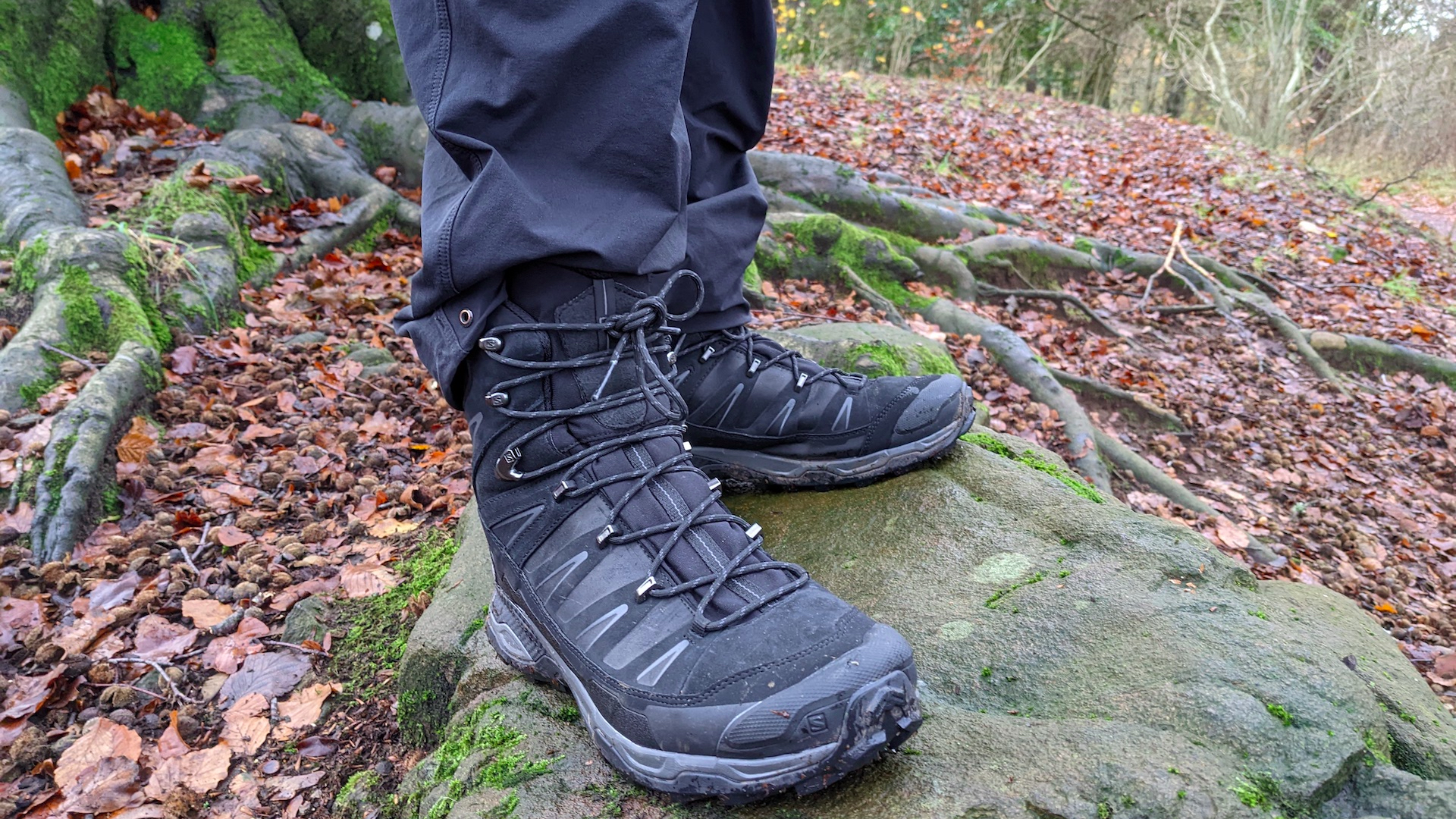
Ankle height
Winter is when streams are high, puddles are everywhere and there may be snow to wade through. It doesn’t matter how waterproof your boots are if snow or water goes over the top of them. That’s why ankle height is an important factor when considering which men’s winter boot to buy. Many models of outdoor shoe come in low-, mid- and high-cut versions. If you’re likely to be walking through snow or splashing through streams aim for a high-cut boot to avoid wet feet.
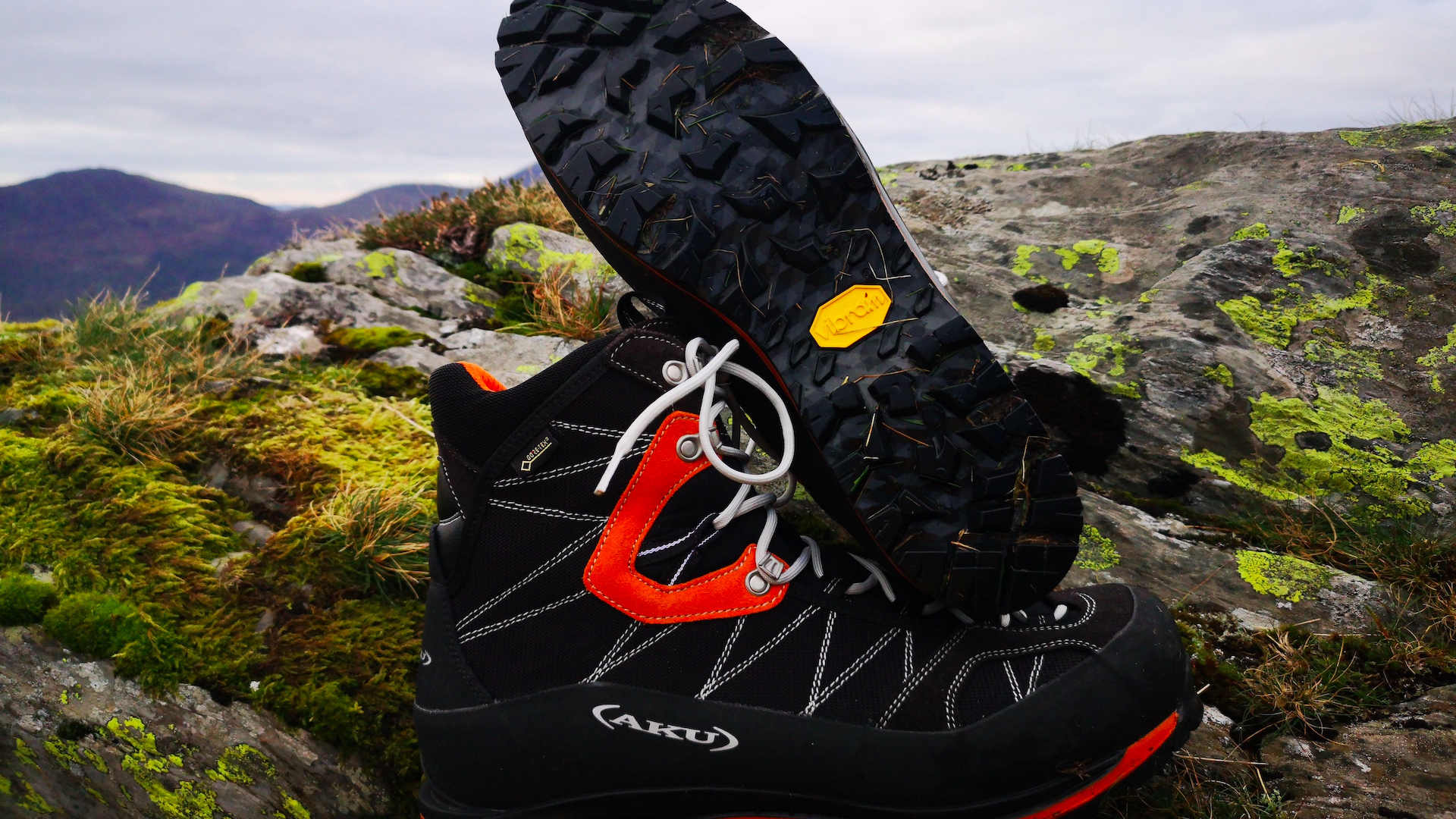
Tread
No single hiking boot sole has the best traction overall. They will all perform at their best on different kinds of terrain. If you’re most likely to encounter mud or snow you want deep lugs that will dig in and find traction. Soles with shallower, wider grips will cling better onto wet rock or ice but are more likely to slide around in deep mud. If you’re attacking steep ascents and descents you’ll want V-shaped lugs with braking lugs that face the opposite way and help with downhills.
- The best hiking shoes: lightweight footwear for warmer days
Advnture Newsletter
All the latest inspiration, tips and guides to help you plan your next Advnture!
Jack McKeown is a Scottish journalist, hiker, skier, runner and beach volleyball player. Having walked many of Scotland’s long distance trails, last year saw him tackle his first ultramarathon. He lives in Dundee and in his spare time Jack and his golden retriever Bracken are often to be found exploring the mountains, forests, lochs and rivers of Highland Perthshire.
